Exhibition illuminates Syria's contributions to world heritage
Lion’s Head, Syria, 9th-8th centuries BCE. Ivory, carved. © Royal Ontario Museum
TORONTO.- The Aga Khan Museum opened its exhibition Syria: A Living History on October 15, 2016. The exhibition brings together over 5,000 years of art highlighting the contributions that the diverse cultures within Syria — Mesopotamian, Greek, Roman, Byzantine, Persian, Ottoman, and Arab — have made to world heritage. The exhibition, which represents collaboration between seven international museums and private collections, will run through February 26, 2017.
Many of the works of art are being exhibited together for the first time and will give audiences a unique insight into the marvellous cultural traditions of both ancient and present-day Syria, thereby underscoring the dialogue between these traditions throughout the ages.
“We hope that a better appreciation of Syria’s priceless contributions to the world’s heritage over five millennia will add urgency to the efforts to bring about peace and reconciliation in that country,” says Aga Khan Museum Director and CEO, Henry Kim. “The sheer variety of these artifacts and their cultural breadth reveal Syria’s long and rich history of multiculturalism and how essential that diversity was to the development of so many of the world’s greatest civilizations.”
Tomb Relief, Palmyra, Syria, 123 CE. Limestone, carved. © Royal Ontario Museum
Exhibition highlights include:
Eye idol , Tell Brak, Syria, gypsum carved around 3,200 BCE, Royal Ontario Museum. Photo Brian Boyle/ROM/Aga Khan Museum
Stele with depiction of a prayer, Tell Halaf, Syria, 10th–9th centuries BCE. Basalt, carved. © Vorderasiatisches Museum. Photo Olaf M. Tessmer
still bearing the marks of a Second World War bombing raid in Berlin, Germany.
Contemporary works by Elias Zayat (b. 1935) and Fateh Moudarres (1922–99) that merge personal experiences with reflections on modern-day Syria.
The exhibition represents an unprecedented partnership between several renowned public and private institutions. Institutional partners include the Royal Ontario Museum, Toronto; the Museum of Islamic Art, Berlin; the Vorderasiatisches Museum, Berlin; the Louvre, Paris; the Metropolitan Museum of Art, New York; the Atassi Foundation, Dubai; and the Marshall and Marilyn R. Wolf Collection, Toronto.
Bowl, probably Homs, Syria, 25 BCE-25 AD. Glass, mosaic. © The Metropolitan Museum of Art
The historians and curators behind the exhibition include Dr. Filiz Çakır Phillip, Curator, Aga Khan Museum; Professor Nasser Rabbat, Aga Khan Program of Islamic Art and Architecture, MIT; and Dr. Ross Burns, a historian based in Sydney, Australia. The exhibition showcases objects carefully chosen by Dr. Çakır Phillip in discussion with each partnering institution.
Dr. Çakır Phillip observes, “Together, the selected works show a continuously strong and deep interest in both human and animal imagery in the arts of Syria, regardless of their artists’ differing belief systems or ethnic backgrounds, amounting to the rich cultural heritage of the country.”
Incense Burner, Syria, 13th century . Copper alloy, silver, and gold; pierced, engraved, and inlaid. © Staatliche Museen zu Berlin, Museum für Islamische Kunst.
A section of the exhibition highlights work currently underway to document major monuments and sites. Professor Nasser Rabbat provides the interpretive voice for the exhibition. He will also contribute to a two-day symposium at the Aga Khan Museum (October 29–30), in which he will examine Syria from both historical and cultural perspectives.
Exhibition-related programming includes a lecture by Dr. Ross Burns on the architectural heritage of Syria, a round-table discussion on post-conflict Syria, and performances by Syrian-born artists and musicians such as Lubana Al Quntar and Kinan Azmeh (joined by visual artist Kevork Mourad). The elegant Damascus panels that adorn the interior of Diwan, the Museum’s restaurant, provide the perfect backdrop for a unique series of special concerts and themed events.
“Syria: A Living History” will be on display at the Aga Khan Museum in Toronto, Canada from October 15 through February 26, 2017.
Inscription Panel, Damascus, Syria, 16th century. Stone, carved. © Vorderasiatisches Museum. Photo Olaf M. Tessmer
Niche From a Samaritan House (digital), 16th century, Unknown.
Backgammon or Chess Box, Syria, 19th century. Wood, wood veneers, bone, and mother of pearl inlay. © Royal Ontario Museum.
Fateh Moudarres (1922–99), The Last Supper, 1964, Oil on canvas, 60x90 cm. © Atassi Foundation for Arts and Culture.

/https%3A%2F%2Fprofilepics.canalblog.com%2Fprofilepics%2F1%2F0%2F100183.jpg)
/https%3A%2F%2Fstorage.canalblog.com%2F03%2F02%2F119589%2F96711876_o.jpg)
/https%3A%2F%2Fstorage.canalblog.com%2F11%2F31%2F119589%2F94773502_o.jpg)
/https%3A%2F%2Fstorage.canalblog.com%2F20%2F83%2F119589%2F94772815_o.jpg)
/https%3A%2F%2Fstorage.canalblog.com%2F26%2F72%2F119589%2F75604929_o.jpg)
/https%3A%2F%2Fstorage.canalblog.com%2F59%2F60%2F119589%2F26458628_o.jpg)


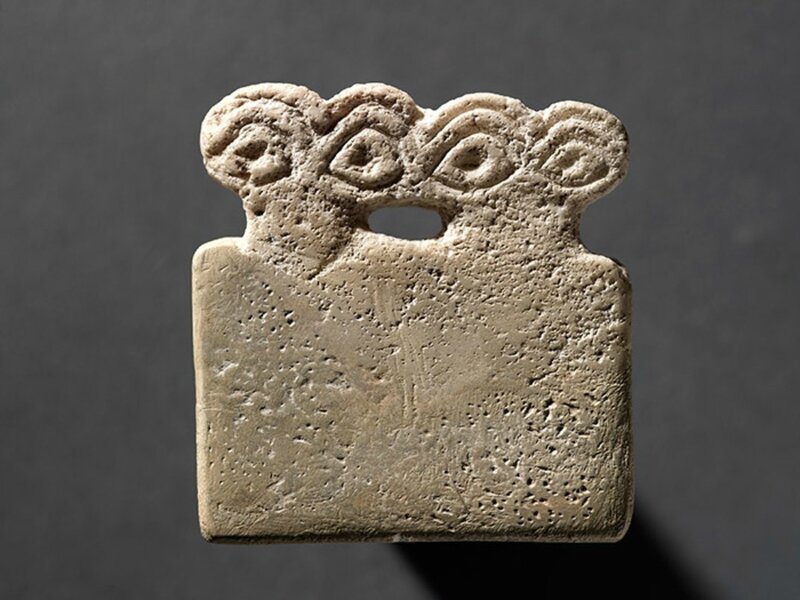
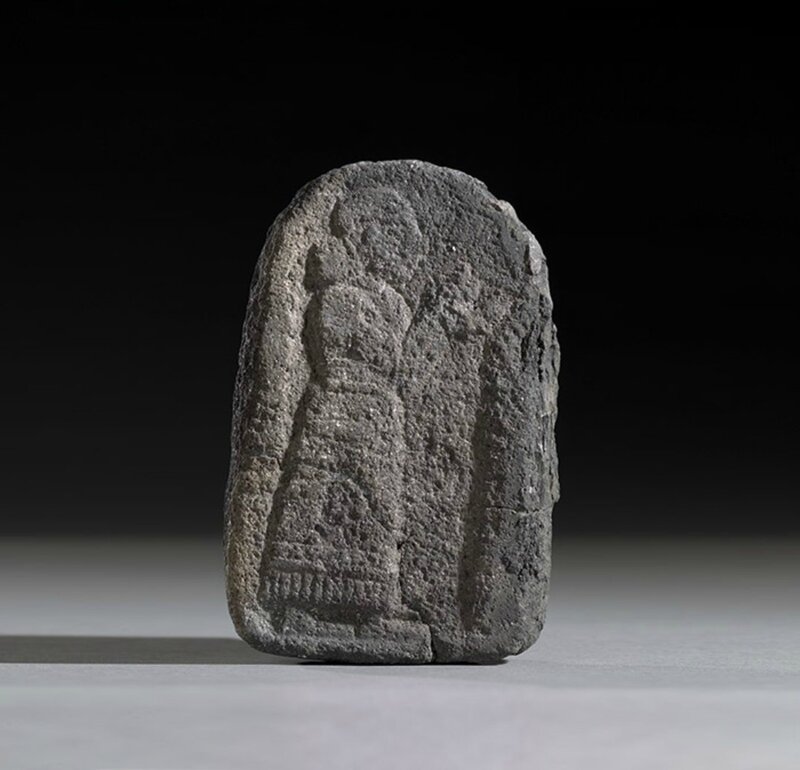
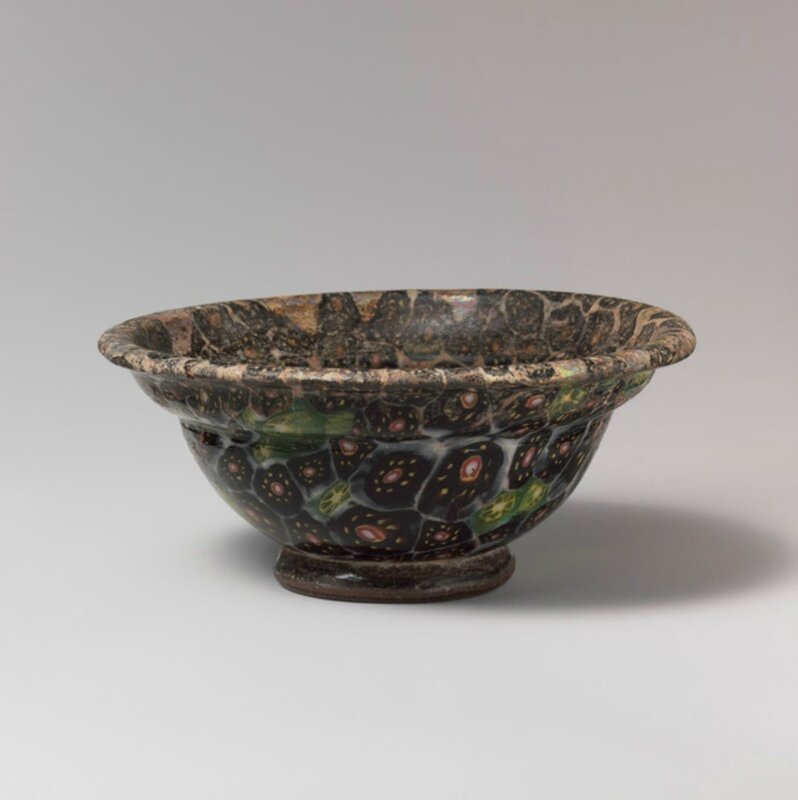
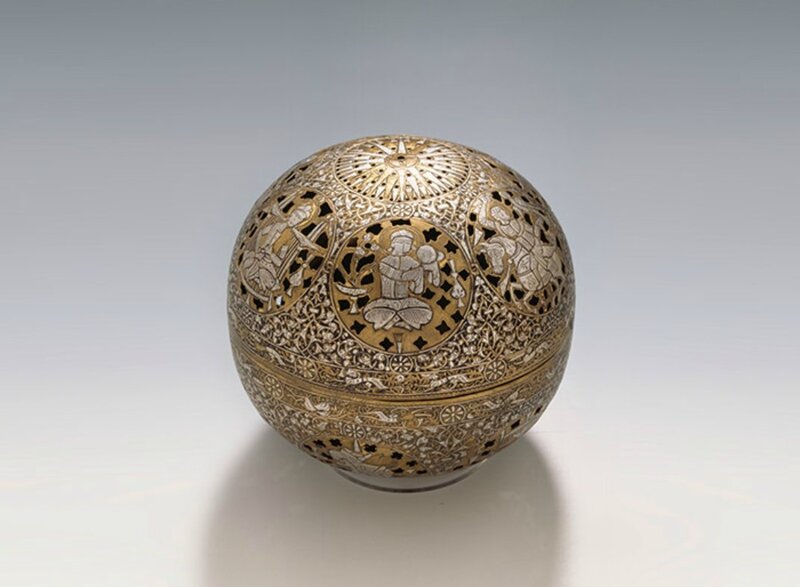


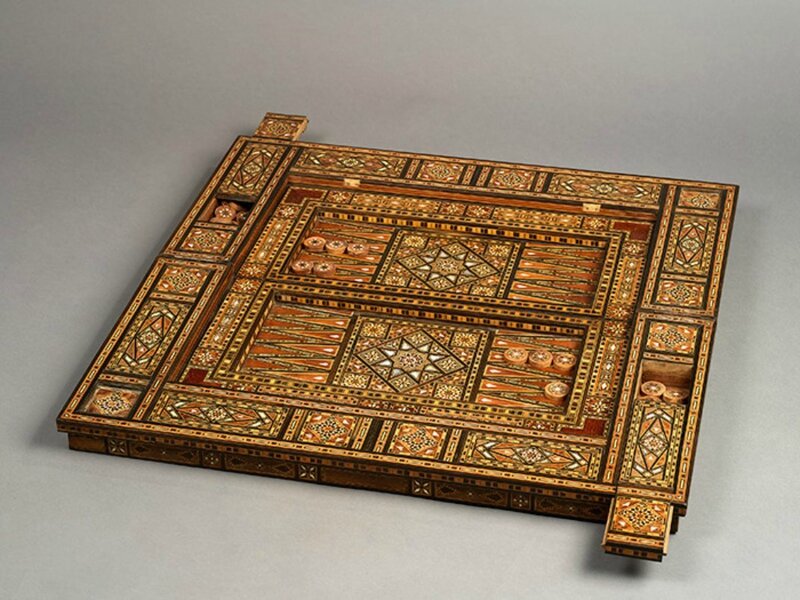



/http%3A%2F%2Fstorage.canalblog.com%2F57%2F78%2F119589%2F129759940_o.jpg)
/http%3A%2F%2Fstorage.canalblog.com%2F76%2F00%2F119589%2F129065442_o.jpg)
/http%3A%2F%2Fstorage.canalblog.com%2F99%2F10%2F119589%2F129064621_o.jpg)
/http%3A%2F%2Fstorage.canalblog.com%2F18%2F84%2F119589%2F129061143_o.jpg)